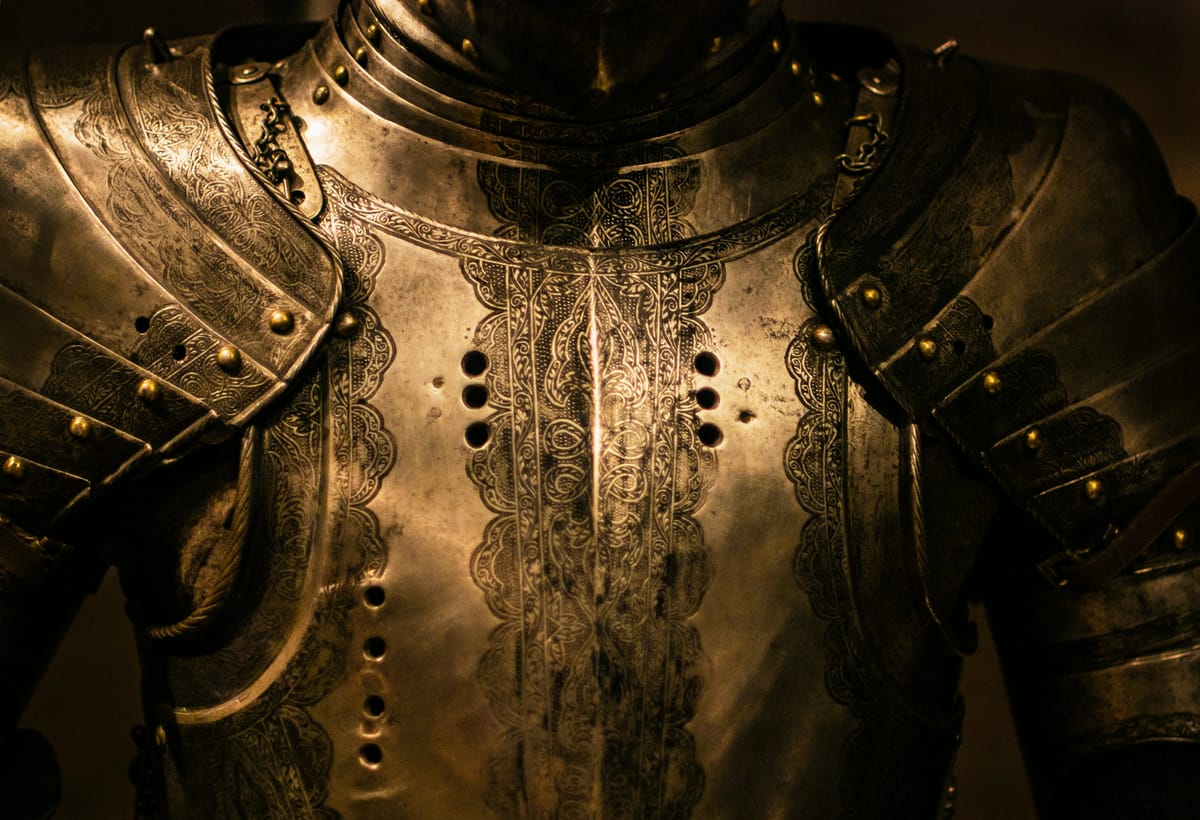Archetypes in shadow work: Unlocking the depths of the self

Shadow work, a therapeutic modality that aims to uncover hidden aspects of ourselves, has recently gained much attention in personal development and healing. At the heart of this process lies the concept of archetypes, universally recognised symbols or behaviour patterns. But why exactly do we work with archetypes in shadow work? The answer lies in their deep connection to the human psyche and their power to guide us through the complex inner terrain of the unconscious.
1. Archetypes Offer a Roadmap to the Unconscious
Archetypes, as Swiss psychiatrist Carl Jung described them, are innate, universal prototypes that reside in all of us. These figures represent fundamental human experiences and emotions that transcend culture and time.
When we engage in shadow work, we deal with parts of our psyche that are hidden, repressed, or denied. Working with archetypes provides us with a symbolic framework, helping to structure the often chaotic and disorienting aspects of the unconscious. By identifying with an archetype, we gain a clearer understanding of the hidden forces within us.
2. They Simplify Complex Inner Patterns
The unconscious is complex and multifaceted, containing layers of emotions, memories, and instincts that influence our behaviour. Archetypes simplify this complexity by distilling it into recognizable patterns. When we engage with archetypes in shadow work, we aren't trying to decode every nuance of our hidden self; instead, we're working with universal patterns that represent recurring themes in our lives.
For example, the archetype of the Victim might arise when we feel disempowered or unable to take control of our circumstances. By recognizing this pattern, we can explore why we might be stuck in a victim mentality, what we gain from it, and how to move beyond it. The archetypes provide a framework for understanding, naming, and confronting the dynamics that shape our behaviour.
3. Archetypes Are Deeply Personal and Universal
While archetypes are universal in nature, how they manifest in each individual is deeply personal. Each of us embodies archetypal energies in unique ways depending on our personal history, upbringing, and cultural background. In shadow work, this interplay between the personal and the universal allows us to explore our own inner world while feeling connected to something larger than ourselves.
For instance, the archetype of the Inner Child can evoke deeply personal memories and emotions. In shadow work, we may explore childhood wounds, examining how they’ve shaped our adult lives. At the same time, we recognize that everyone has an Inner Child, which fosters a sense of connection and shared humanity. This duality of the personal and universal makes archetypes such powerful tools for transformation.
4. They Help Us Embrace Wholeness
One of the primary goals of shadow work is to integrate the parts of ourselves we’ve rejected or repressed, leading to greater self-acceptance and wholeness. Archetypes, by their very nature, embody both light and shadow aspects, helping us to see the full spectrum of our psyche.
Take the Warrior archetype, for example. On one hand, the Warrior represents courage, strength, and the pursuit of noble goals. But on the shadow side, the Warrior can become arrogant, stubborn, or obsessed with winning at all costs. By working with the Warrior positive and negative aspects, we begin to understand the importance of balance. Shadow work, guided by archetypes, helps us embrace the full range of our humanity—not just the parts we like to present to the world.
5. Archetypes Provide a Safe Space for Exploration
Confronting our shadow can be an emotionally intense and sometimes painful process. Archetypes, with their symbolic nature, offer a degree of detachment that can make the exploration feel safer. Rather than confronting our darkest fears or impulses head-on, we engage with them through archetypal figures, which can feel less threatening and more approachable.
For example, recognizing the Trickster archetype in ourselves can help us explore ways we deceive ourselves or others in a more playful and creative way, rather than feeling overwhelmed by guilt or shame. Archetypes serve as a buffer, allowing us to engage with difficult aspects of our psyche in a more manageable, symbolic form.
In shadow work, archetypes are essential guides illuminating our psyche's dark corners. They provide a symbolic roadmap, simplify complex inner dynamics, and offer a sense of connection between the personal and the collective. Most importantly, they help us embrace the light and shadow aspects of our personality, fostering wholeness, healing, and personal growth.
By working with archetypes, we uncover the hidden aspects of ourselves and connect to the broader human experience, allowing for deeper self-awareness and transformation.